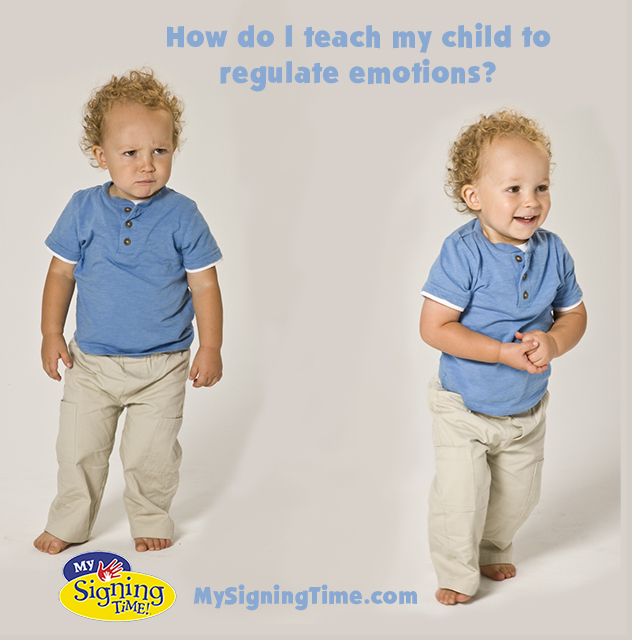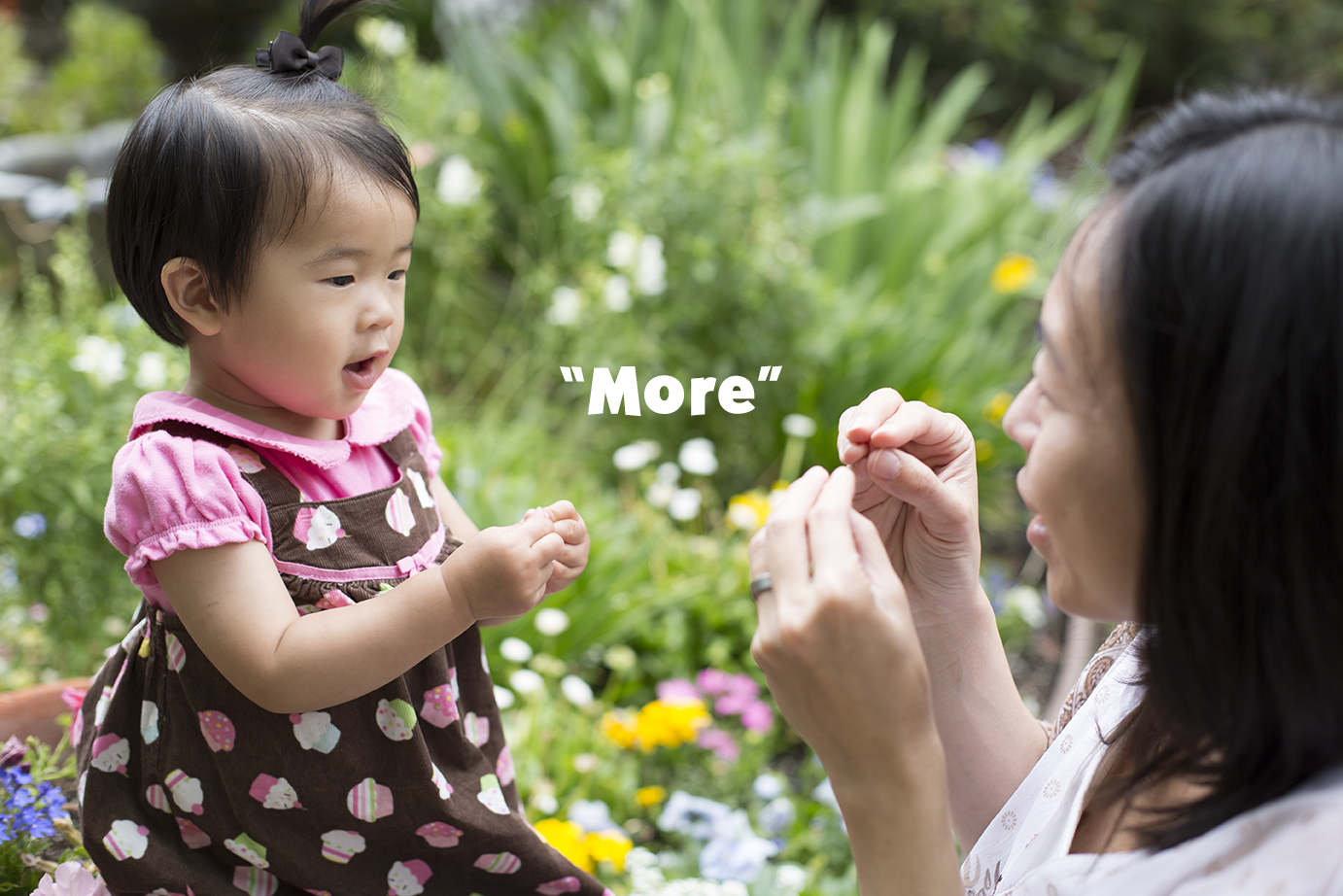As a parent, you will not escape your child having a tantrum, meltdown, or emotional outburst. Helping your child learn to regulate emotions is a normal part of development. For parents, it is important to understand why tantrums occur, how to respond, or how to respond to them effectively. These can be even harder to understand when they occur past the expected developmental “terrible twos”. Keep in mind for some children there may be underlying causes such as learning disabilities, sensory processing issues, ADHD, and/or being on the autism spectrum.
Why does my child have tantrums?
Many parents have a different classification for tantrum, meltdown, or emotional outburst. However you classify the behavior, and whether mild or severe, they are the symptoms from a child not being able to regulate their emotions during a particular situation. The child may feel like something that they want, need, or deserve is being withheld from them deliberately. This causes overwhelming feelings for frustration, anger, injustice, anxiety, or fear which overrides their logic, resulting in a tantrum.
Some tantrums may occur because your child is tired or hungry. Others occur because your child has something unexpected happen and they don’t know how to manage their emotions in that situation. These are often referred to as triggers. Observing your child before and during the tantrum will help you better understand your child’s triggers and help you understand why your child is having a tantrum.
Caroline Miller states, “disruptive behavior is often generated by unrecognized anxiety. A child who appears to be oppositional or aggressive may be reacting to anxiety—anxiety he may, depending on his age, not be able to articulate effectively, or not even fully recognize that he’s feeling.”
How do I teach my child to regulate emotions?
Teaching our children about emotions at a young age can support them in regulating their emotions. One way to do this is through Sign Language – which also encourages communication; young children understand many more words than they’re able to express. Begin using sign language as soon as your baby is born, or as soon as you can. Even though your baby can’t sign back yet, they will be learning what the signs are as you use them. Sign MILK and EAT when you nurse or give a bottle. Ask your baby if he wants MORE. It will help your child associate a sign/word to their feelings. When they giggle, sign LAUGH and HAPPY. When they cry, sign CRY and SAD. Continue signing throughout your day and baby will pick up the signs and connect them to the words. Before you know it, Baby will start signing back to you and let you know what they need and want. You will be amazed at what your little one knows, even though they don’t have the words yet.
We offer an easy way to help your child learn the signs you need to overcome tantrums. Learn more about a MySigningTime.com subscription with a 14-day free trial HERE.
Laura Markham Ph.D. states, “Is it important to teach kids words for their emotions? Sure. But don’t insist that your child talk about feelings, which takes her out of heart and into her head and makes it harder to work through the feelings. Instead, focus on accepting your child’s emotions. This will teach her that:
- Emotions aren’t bad, they’re just part of the richness of being human.
- We don’t usually have a choice about what we feel, but we always have a choice about how we choose to act.
- When you’re comfortable with your feelings, you feel them deeply, and then they dissipate. That gives you more control.
Kids who are parented this way learn to “control” their emotions because they have a healthy emotional life, not because they’ve been told not to feel, are punished, or are shamed for their feelings.”
Modeling healthy emotions for your child will also teach them how to regulate their emotions. As you express your emotions to your children without over reacting it will set the example for your child. Keep in mind if you are quick to anger and yell, your child will as well. Be kind to yourself as everyone is always working on self-regulation.
How do I prevent a tantrum from happening?
Setting clear reasonable boundaries with clear reasonable consequences for the boundaries will also support teaching your child to regulate their emotions. Consider there are both positive and negative consequences for behaviors. If your child throws a toy in anger, then they do not receive the toy back. If your child shares a toy with another child, they are praised for the good behavior. Avoid over reacting to negative behavior and offer extra praise and attention for good behavior, which will help prevent tantrums from happening.
Being consistent with your child will also prevent tantrums. Be consistent with your child’s daily routine; have set meal and nap times, and avoid scheduling activities around this time. Be consistent with boundaries and consequences. It is important for your child to know what to expect.
Give your child choices such as “Do you want an apple or a banana?”, “Do you want to read a story before or after your bath?”, or “Do you want to wear this shirt or that shirt?” If they request something different than what you are offering consider their requests carefully. Is what they are asking for worth getting your child angry enough to have a tantrum? And yes, some things you need to take a stand on and not give in.
How do I deal with a tantrum when it is happening?
Typically the best way to deal with a tantrum, if your child is not in danger of hurting themselves or others, is to ignore the behavior. If your child is hitting, kicking, or bitting, it is best to hold them or remove them from current situation. Be sure to respond in a calm, quiet manner. Let your child know that you are there when they calm down, but then give them space and the opportunity to self regulate.
You may need to create a diversion. Get your child interested in a book, toy, or singing a song. Avoid the distraction from being a treat. This will reenforce the negative behavior.
Once your child has calmed down, it is important to establish connection and a safe place. You may consider hugging or holding them in a manner where you are on their level. Establish eye contact with your child. Remind them that they need to use their words or signs. Restate your boundaries with the set consequence and then follow through with that consequence.
Use statements and questions to explore why they reacted so strongly. “Show me what you want?”, “Why are you upset?”, “What happened?” Avoid accusatory questions such as “What did you do?”, “Stop acting like…” This will take practice, but your child will learn to communicate with you.
Dr. Matthew Rouse, a clinical psychologist at the Child Mind Institute says, “often parents get discouraged when things don’t go well the first time they try skill-building, but consistency and starting at a level that is appropriate for your child are key.”
Remember just as your child is learning to regulate their emotions, you are learning to parent your child. Love, patience, practice, and consistency are key for dealing with tantrums.
References:
- How Anxiety Leads to Disruptive Behavior Caroline Miller
- Why Do Kids Have Tantrums and Meltdowns? Caroline Miller
- How Can We Help Kids With Self-Regulation? Child Mind Institute
- Modulating emotional responses: effects of a neocortical network on the limbic system. By Hariri, Ahmad R.; Bookheimer, Susan Y.; Mazziotta, John C.
- 14 Ways to Tame Your Kid’s Trantrum Shaun Dreisbach
- Baby Sign Language May Increase Your Bond
- Temper tantrums in toddlers: How to keep the peace Mayo Clinic Staff
-
5 Steps To Help Kids Learn To Control Their Emotions Laura Markham Ph.D.



